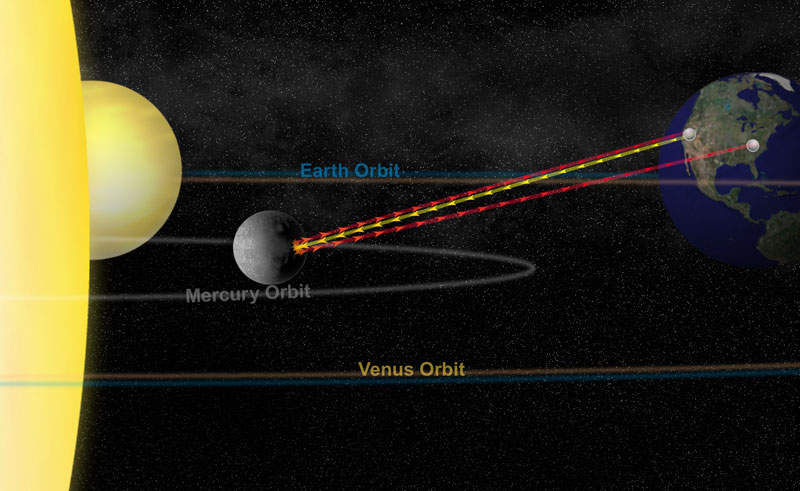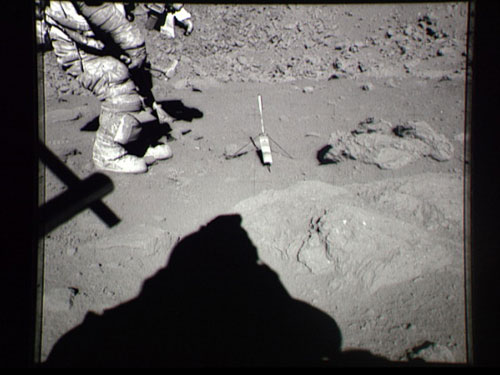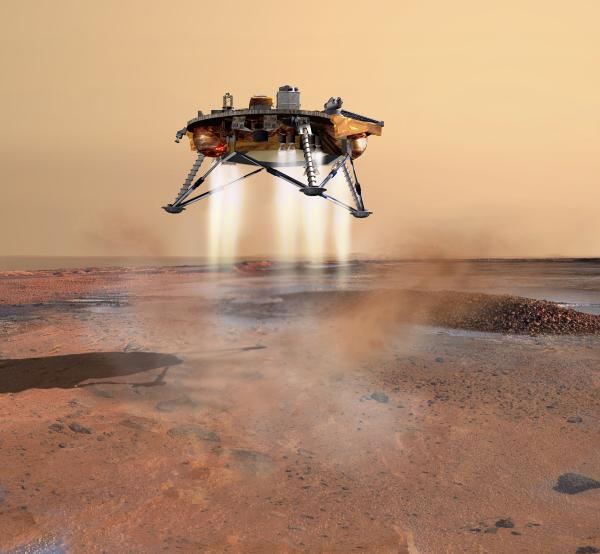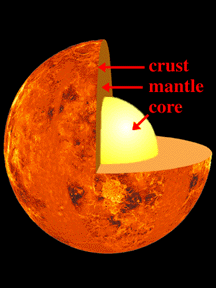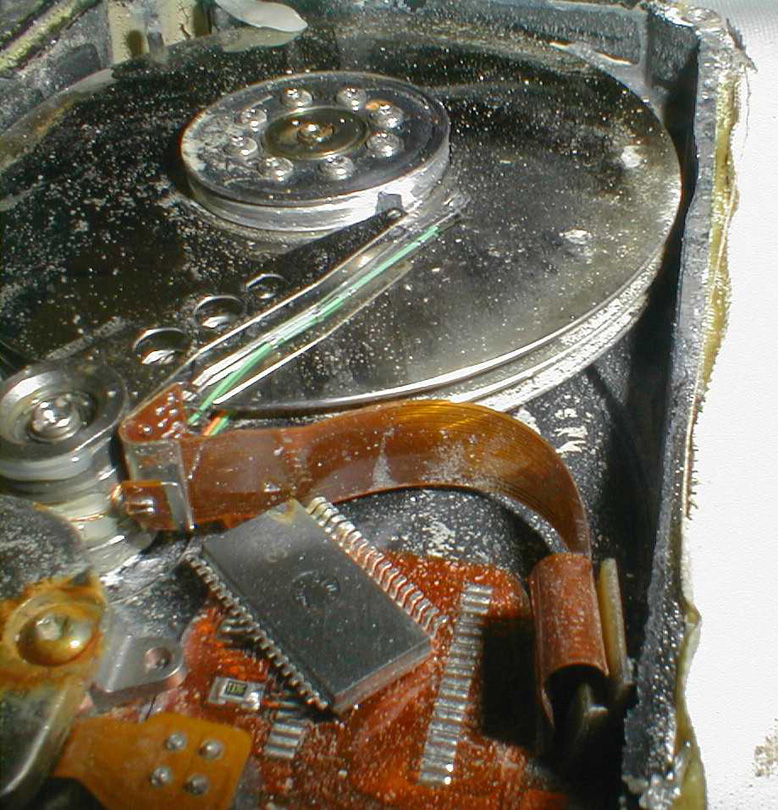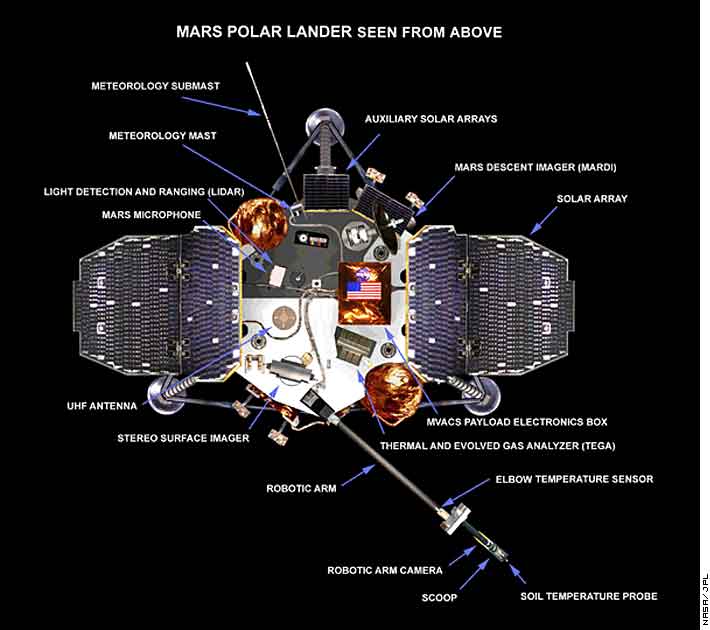You can breathe easily. The Moon is slowly receding away from the Earth at a rate of 3.7 cm/year (1.5 in/yr). But the Martians aren’t so lucky. Their moon Phobos is known to be doing exactly the opposite. It’s spiraling inward, and in the distant future it will crash into the surface of Mars. Researchers originally thought that Phobos has about 50 million years to go, but an Indian researcher has re-run the calculations and thinks Phobos only has about a quarter of that time to live.
It was originally believed that Phobos would take about 50 million years to crash into the surface of Mars, but according to Bijay Kumar Sharma, an Assistant Professor at the National Institute of Technology in Bihar, India, it might happen much more quickly. Dr. Sharma has revised the calculations for Phobos’ destruction in his new paper, Theoretical Formulation of the Phobos, moon of Mars, rate of altitudinal loss.
According to Sharma, Phobos will actually be destroyed about 10.4 million years from now, and not the 50 million years the researchers had previously calculated.
Phobos is believed to be an asteroid that Mars captured early on in its history. it’s one of the least-reflective objects in the Solar System, and thought to be similar to a D-type asteroid. It currently orbits Mars at an altitude of about 9,380 km (or about 6,000 km above the Martian surface).
Why does the Earth’s moon spiral outward, while Phobos is spiraling inward to Mars?
The Moon formed billions of years ago when a Mars-sized object crashed into Earth and sprayed material into orbit. This material pulled back together from mutual gravity to form the Moon, and this debris received a gravitational slingshot from the Earth.
They key is that the material was tossed into a high enough orbit, above what’s known as the synchronous orbit. This is where the Moon completes an orbit slower than the Earth takes to rotate once. Since the Moon ended up higher than this orbit, it’s spiraling outward. If its orbit was less than the length of a day, it would spiral inward.
And this is what has happened to Phobos. It orbits below this synchronous orbit, where it completes an orbit around Mars faster than the planet itself turns. It’s spiraling inward instead of outward.
Once Phobos gets down to an altitude of only 7000 km above the center of Mars (or 3,620 km above its surface), it will enter what’s known as the Roche limit. At this point, the tidal forces of Mars will tear Phobos apart, turning it into a ring that will continue to spiral into Mars. According to Dr. Sharma, this will happen in only 7.6 million years from now.
To know exactly how long Phobos has to live, Dr. Sharma suggests that a mission should be sent to Phobos to land on its surface and then use radar to measure the changing distance to Mars.
Original Source: Arxiv

